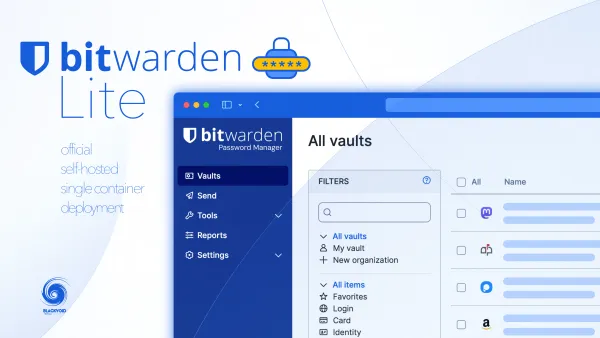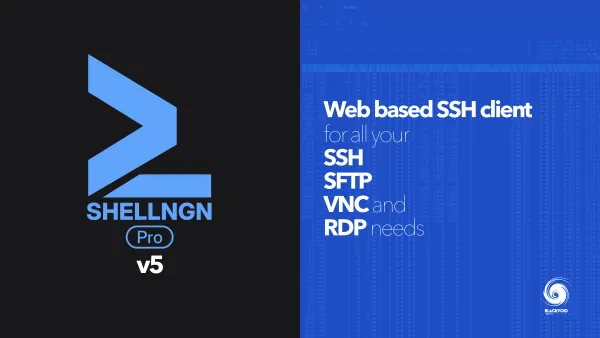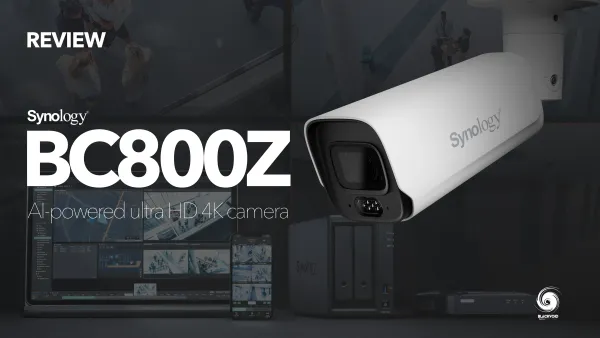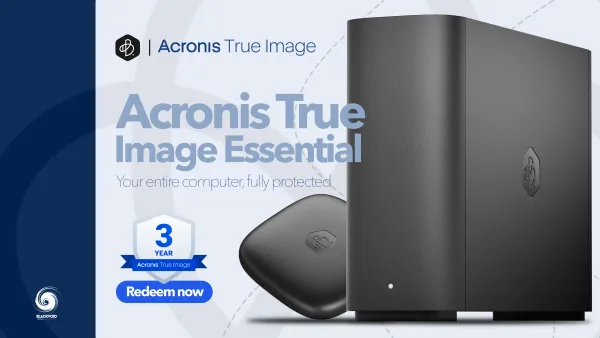RUNE - fiber broadband for the forgotten
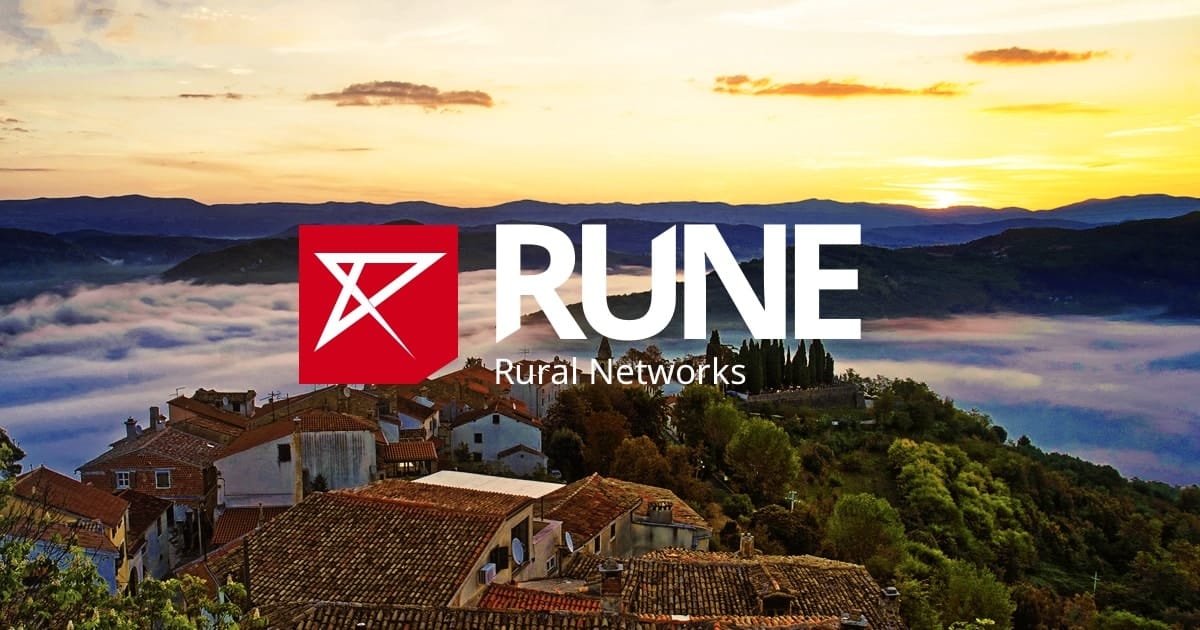
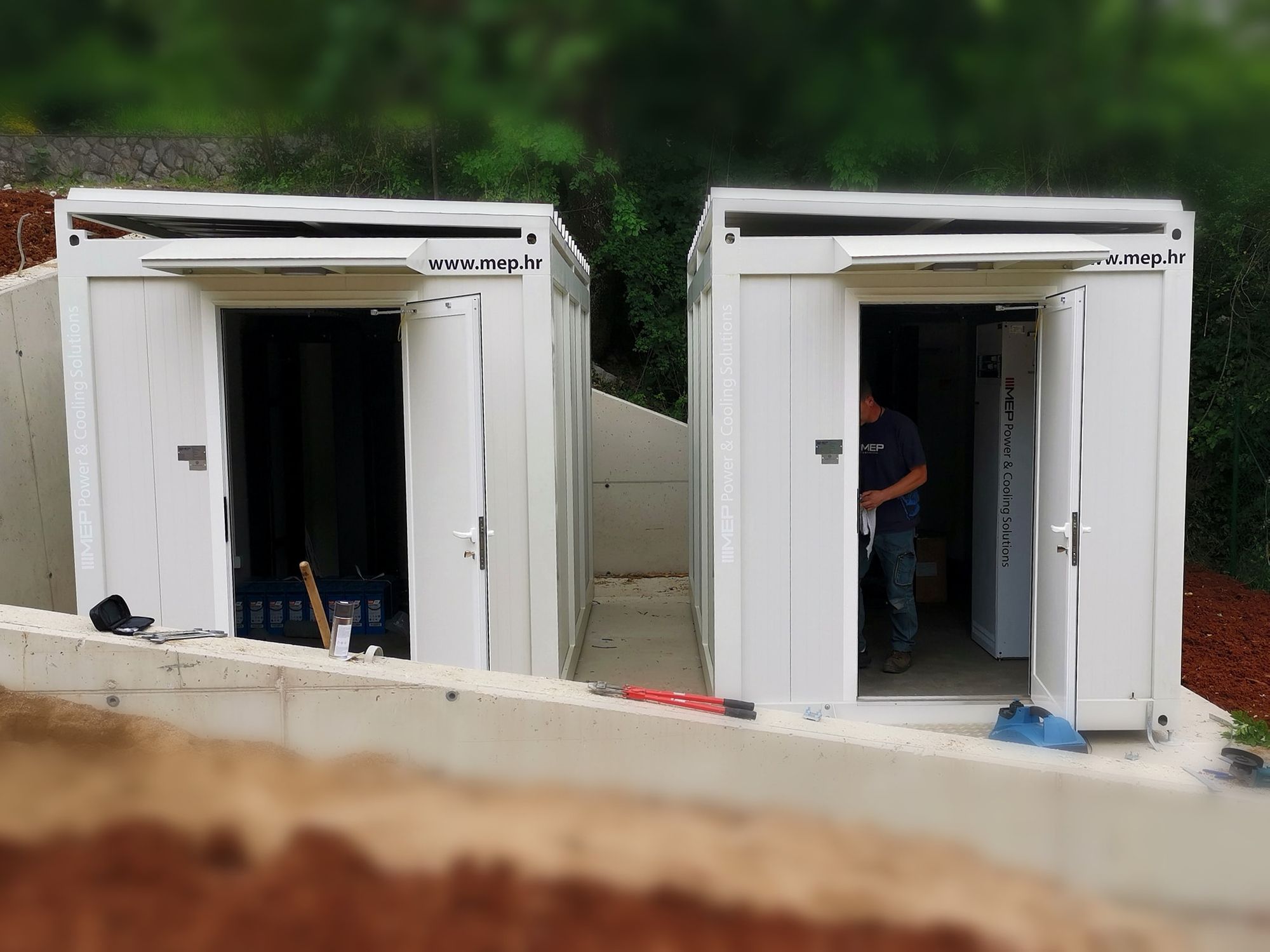
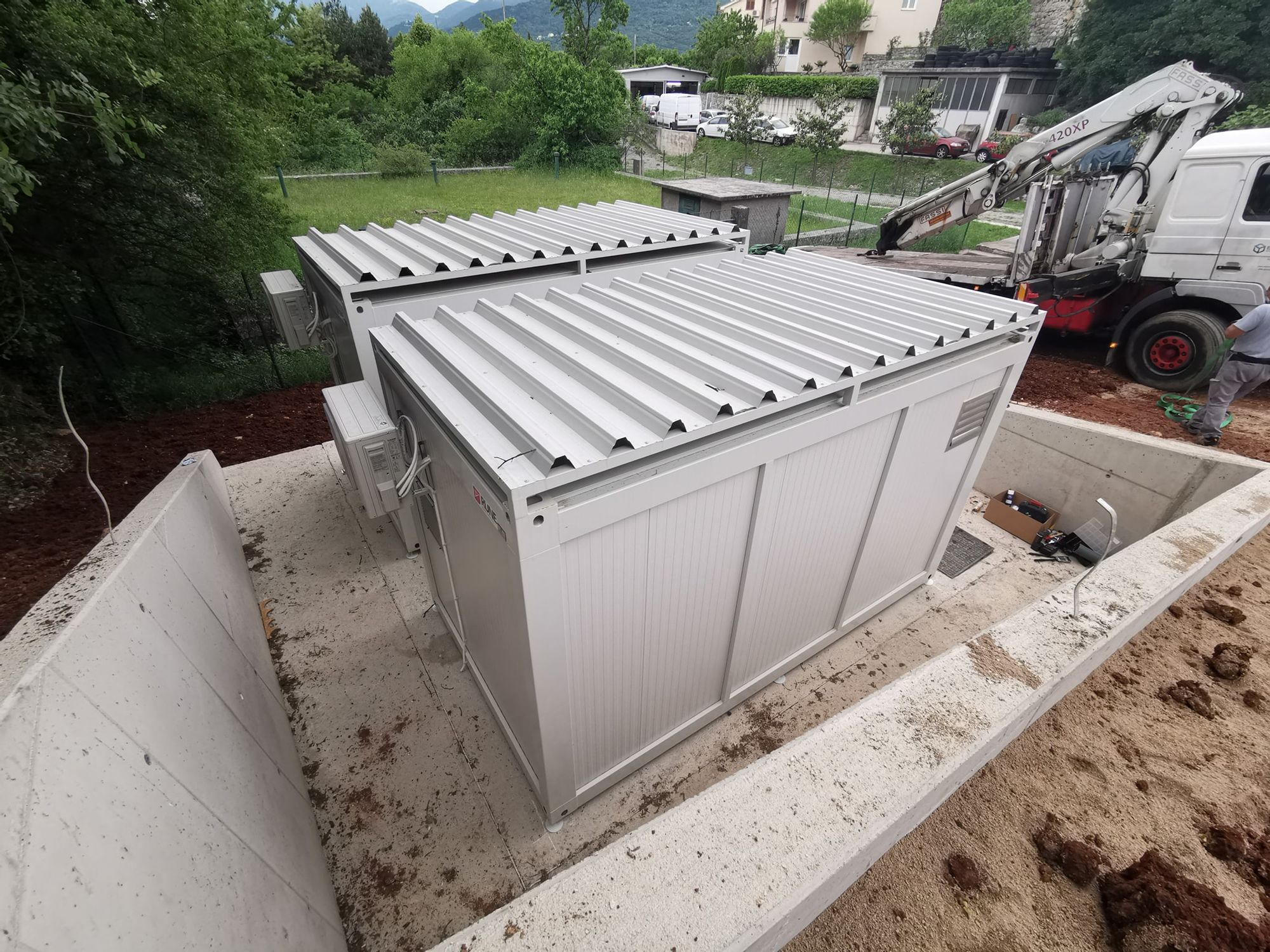
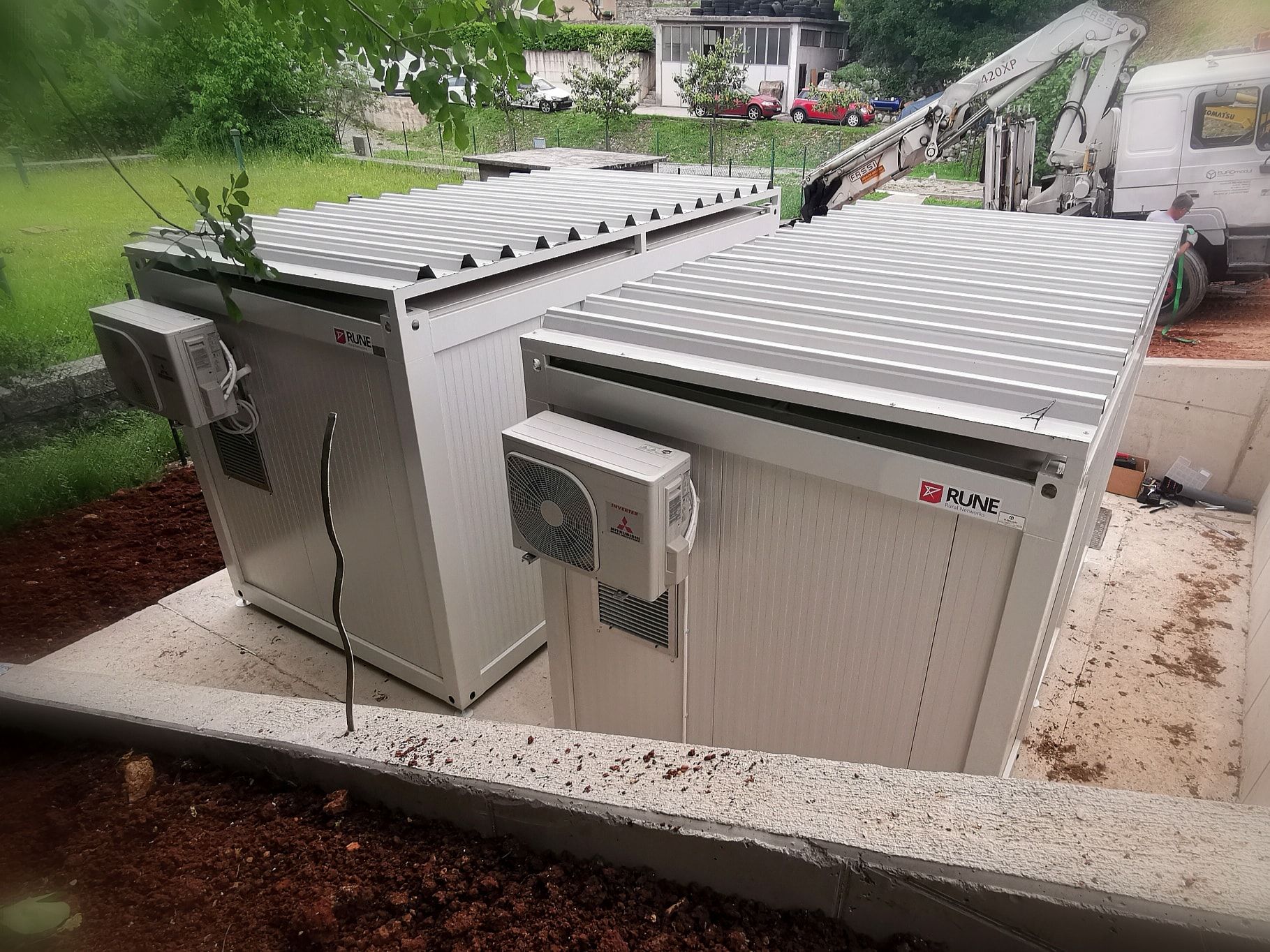
In 2020, Internet access shouldn’t be a problem no more. Almost everyone has it, everyone is using it. But the question is how fast is it? Considering that nowadays the content has shifted from a pure text based content to full blow audio/video material, one thing that needs to be appropriate is Internet speed, bandwidth.
In today’s modern world, having a high speed internet is key. Almost all services are digital and accessible online. From educational material, to games, from music to movies and tv shows and so on. Not a single thing can’t be done on line. Email, meetings, chats, video conferences, all of those are services that we are accustom to. But in order to use them without any hiccups, we need a fast Internet connection.
An average household with 4 people will have about 4-10 devices that use Internet in one way or the other. With an increased need to work from home, having a stable and fast Internet connection is crucial. Now most people worldwide are not even aware how a slow speed can effect everyday life, yet, some deal with this on a daily basis. I myself am one of those who knows what having a bad and unstable connection means. Hope fully this will change soon.
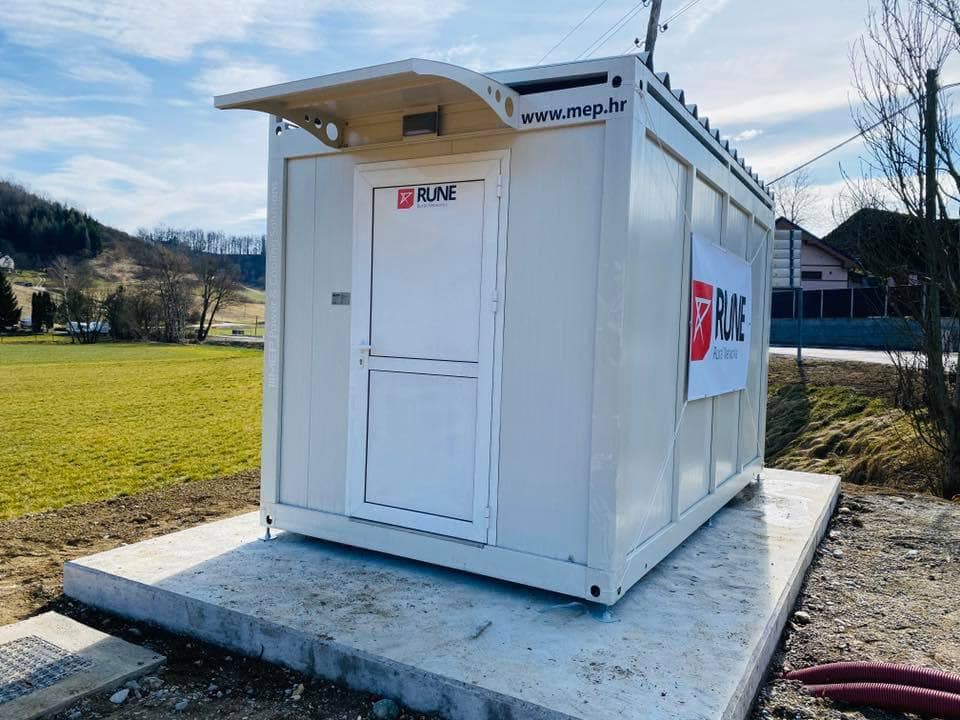
Considering that for the past year I have moved to a rural part of my county (village) you could image that having a fast Internet is not one of the benefits. Don’t get me wrong, its great here but as someone that works in IT, having a fast and stable connection is key. At the moment getting a copper based DSL connection is not an option. Its slow and cost a lot. Luckily 4G signal is great (for the most part) so I’m using that instead, until I get fiber during this year.
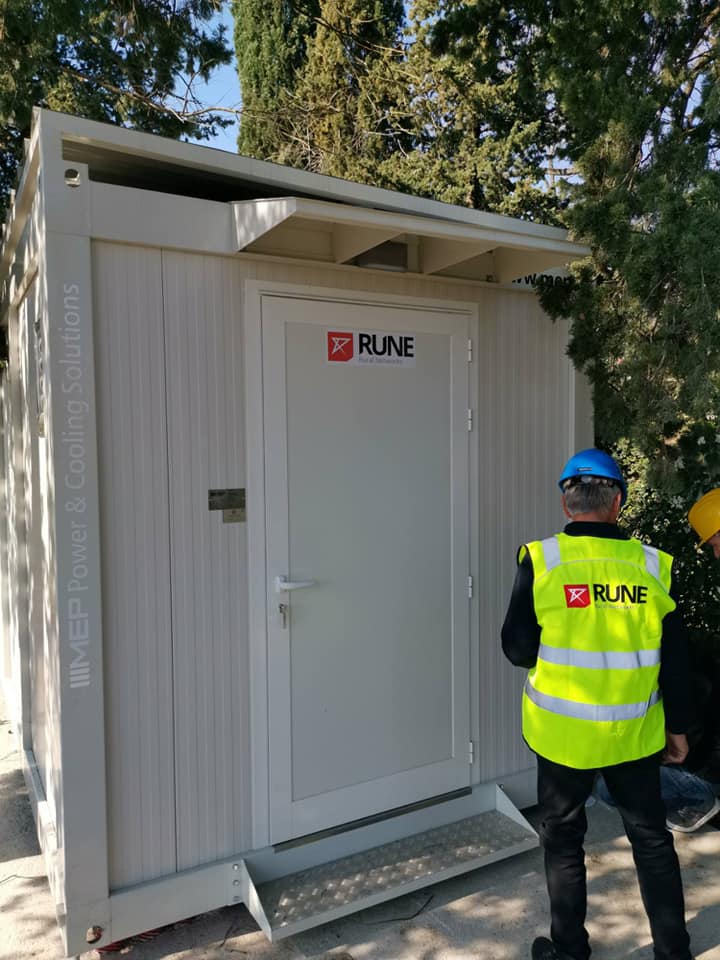
Fiber optics in a rural zone? Seems unlikely right? I thought so too. Enter RUNE. Now getting a fiber connection (FTTH) to an urban zone is, in some cases, a major project. As much as that’s a win for everybody in the long term, still requires a lot of planing and execution. Getting fiber in a rural zone where ISPs don’t see the point of investing (less dens then the urban zone and less potential subscribers) is a nightmare. Lucky for me, for the past 5y there is an active project that has a goal to bring fiber to rural zone where I live. Let’s see what this is all about.
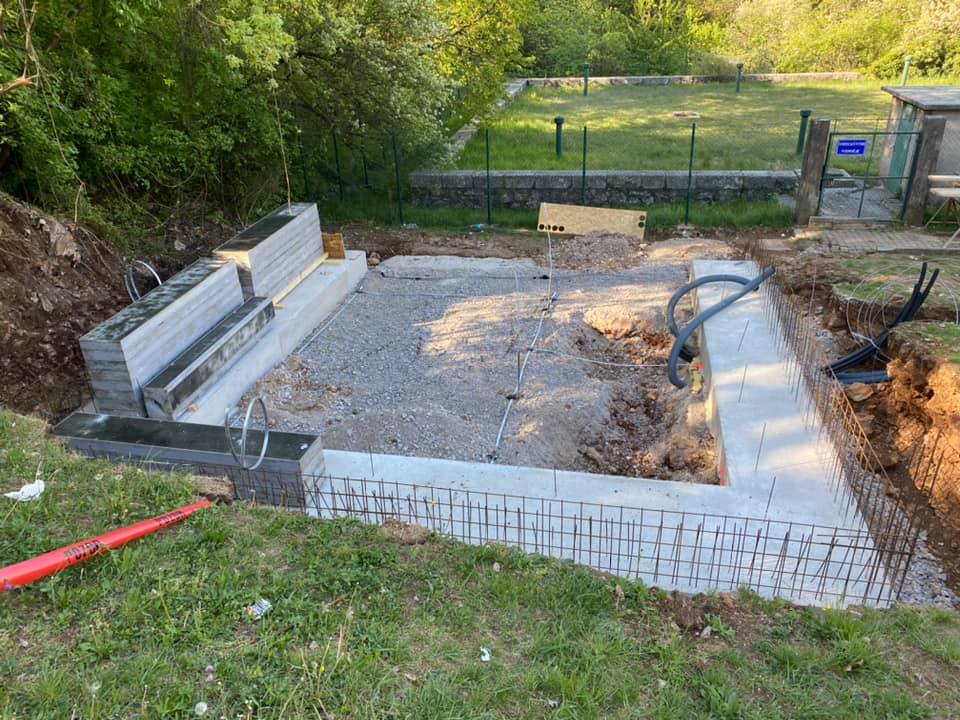
RUNE - Rural network project
The Rural Network Project (RUNE), implemented by RUNE in the Republic of Croatia for the construction of telecommunications infrastructure, was launched with the aim of providing ultra-fast broadband fiber optic infrastructure for users in rural areas of Croatia (Primorje-Gorski Kotar and Istria County) and Slovenia. With construction in areas not currently covered by fiber optic infrastructure, RUNE will assist local governments in achieving the Digital Agenda for Europe 2020 goals by providing connectivity to a new fiber optic access network that will deliver speeds in excess of 1 Gbps. So with this type of implementation the end user will in return have the possibility of independent choice of the operator - the provider of the service that is the most favorable for the price and quality of service, guaranteeing all operators equal access to the users on equal terms.
As the RUNE project is being implemented in two EU member states, it contributes to the idea of connecting 28 national digital markets into a single one. In order to ensure equality in the digital single market, all communications infrastructures will have to follow the same rules and offer a minimum package of infrastructure services (bitstream / IPstream levels) to all EU citizens.
The process described may seem groundbreaking for traditional vertically integrated operators, but it began a few years back. A good example of this is the Telecom Single Market directive, which, for example, reduced roaming charges on mobile networks.
As Europe's rural areas are not covered by adequate broadband infrastructure, it is possible to launch this ground-breaking bottom-up process. This is where the RUNE project is positioned with the construction of interstate open broadband infrastructure.
RUNE will build the network on the Fiber To The Home - FTTH model for all potential users in the project scope.
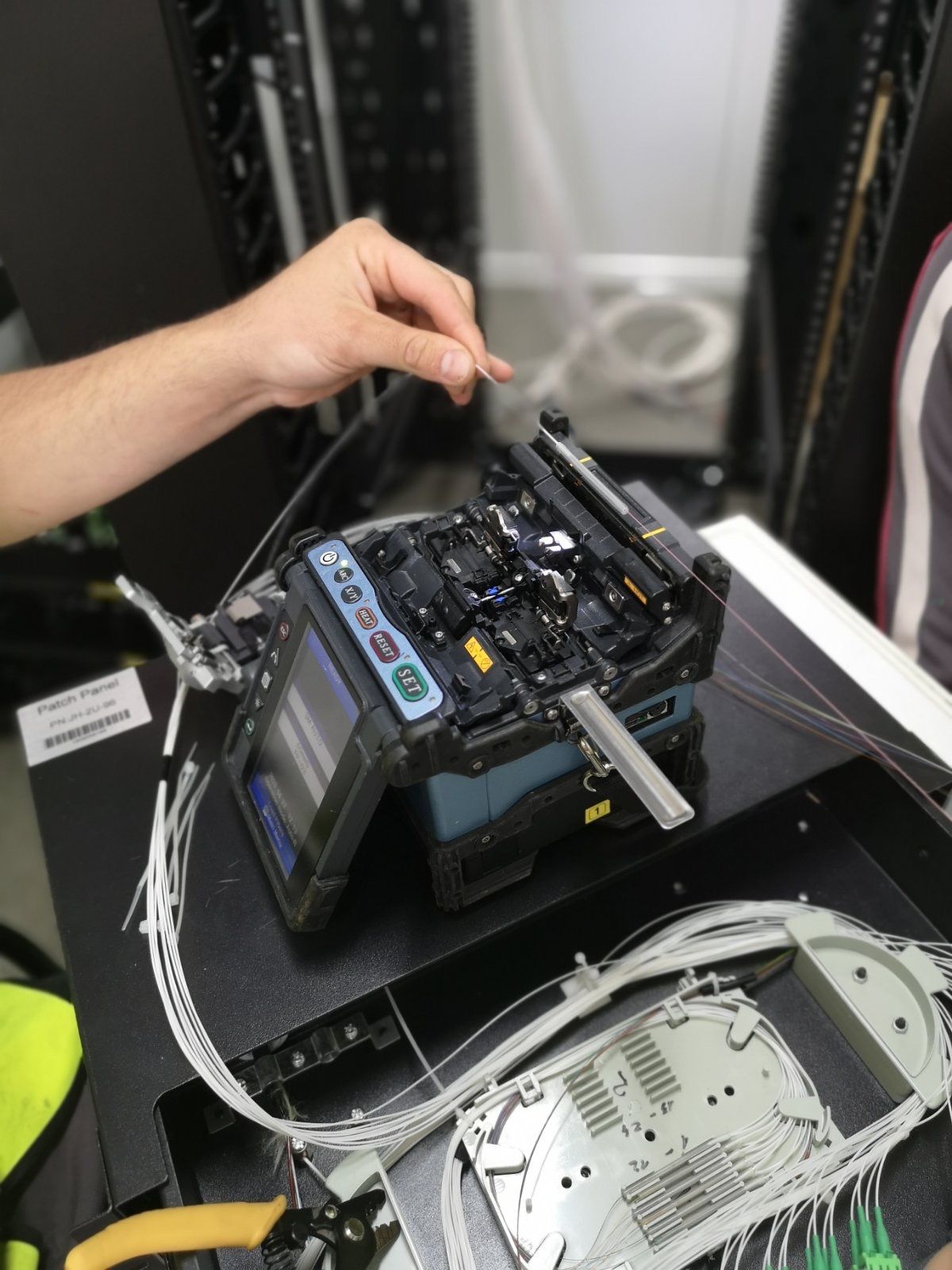
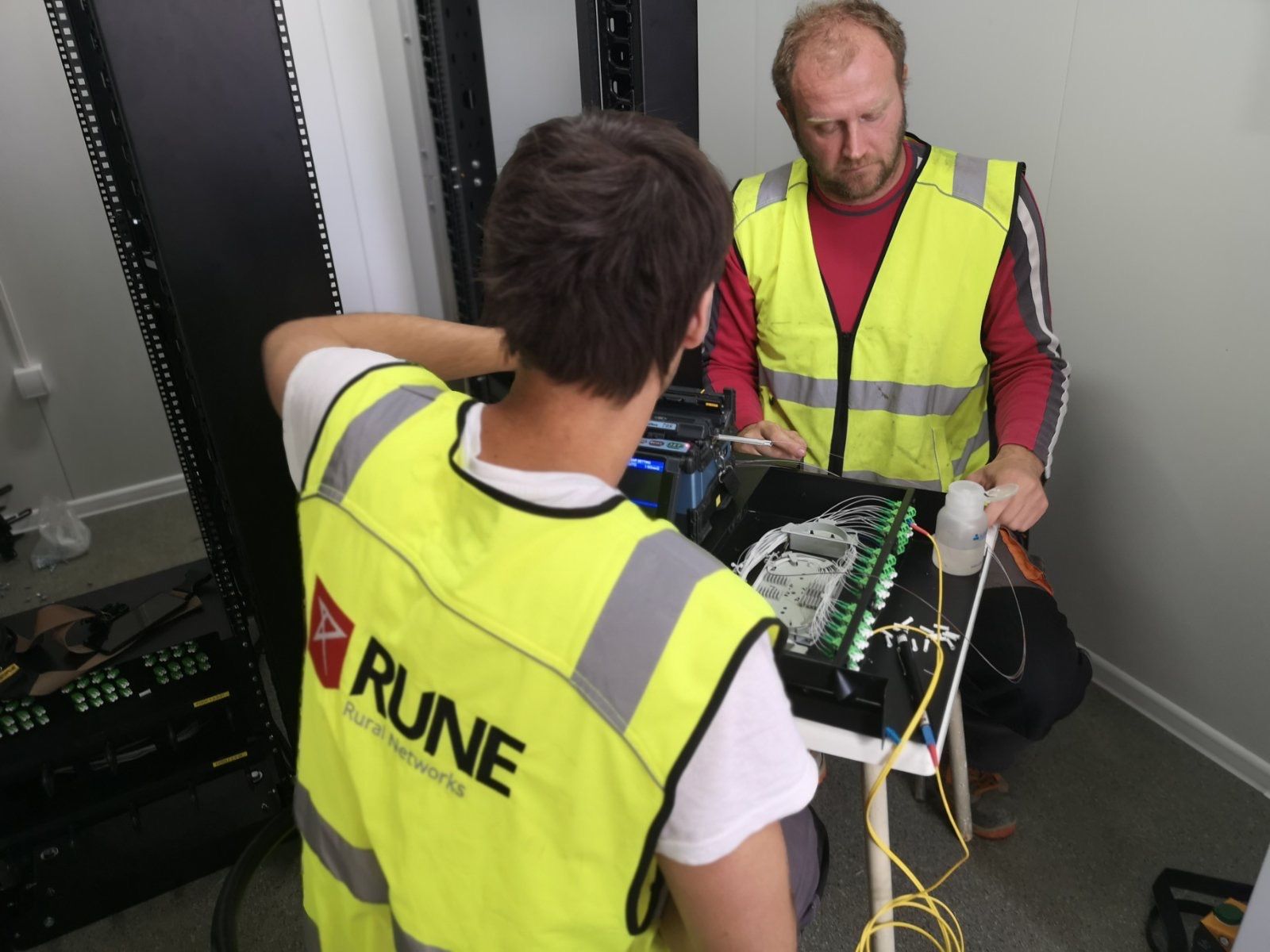
In order to speed up and simplify construction, RUNE will use all available existing infrastructure such as distribution telecommunication sewage, power grid or lighting poles as far as possible in accordance with the legal and technical standards of each country, guided by the “Law of cost reduction measures” of setting up high-speed electronic communications networks.
The network is designed as an active infrastructure that provides access to broadband services through a hybrid network based on hybrid passive technology (active Ethernet - AE and passive fiber network - PON), including aggregation links between access nodes, which guarantees service providers access to the largest number of end users at the least cost.
Also RUNE project is one of the winners of 2019 European Broadband Awards, the annual awards at which the European Commission recognizes and awards outstanding broadband deployment projects across Europe.
More info on this here: https://ec.europa.eu/digital-single-market/en/news/european-broadband-awards-2019-finalists
In the anticipation of finally getting a fiber connection, all that is left is to wait. At the moment there are several ISP that are connected to this project but more are coming. Really excited that this project is strong and will in the end offer high speed Internet access to these forgotten lands. I will no doubt post more on the topic as I have more up to date info.
So, whats your Internet access and speed? Are you running Google Fiber or still on a crappy xDSL tech? Let me know down in the comment section.


